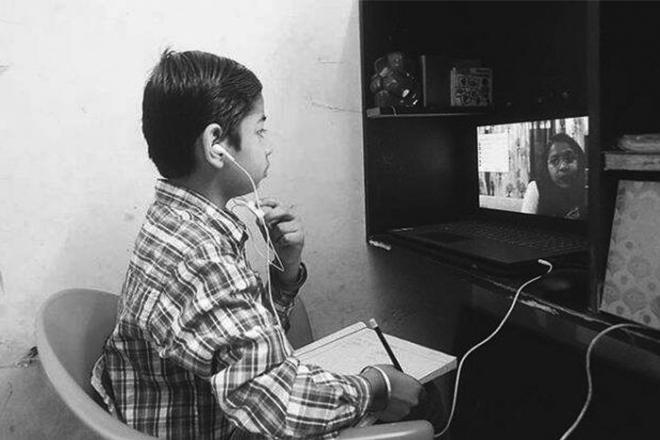Digital tech can be an effective enabler for creating transformative impact on education.
The government has recently announced radical changes in the education system with the focus on enhancing the quality and components of education, which over a period of time have the potential to deliver a higher calibre talent that would enter the workforce. In this context, many have recognised digital technology as an effective enabler for creating transformative impact on education in the early stages of school education.
With Covid-19, an estimated 1.2 billion children in 186 countries around the world have had to adapt to the new mode of learning in a very short span of time—something even the most ambitious futurologists could not have been able to predict. It’s a fact that currently majority of the schools and educators are facing various challenges such as limited bandwidth, lack of training or familiarity with the systems to deliver effective learning, constraints of access to devices and inadequate preparation and unavailability of appropriate content as required for different target audiences.
Some even fear that these may result in poor learning experiences and therefore would the schools and parents want to continue with digital mode of technology when normalcy returns?
The answer is an emphatic ‘yes’ simply because once the stakeholders have got on to the digital platform complete reversal is unlikely. They find the digital medium so compelling that even with imperfect delivery capabilities, teachers are the heroes who are now connected to millions of homes.
This presents an opportunity for the parents to get to know the teachers and get the ring side view of the goings on in the classrooms. Besides being able to observe their own children’s conduct in the virtual classrooms, they are able to observe other children and particularly how the teachers interact and teach in the classrooms. Teachers encourage children to use their video cameras and other meagre resources that they may have to respond or work in teams on assignments. All of these are relatively new experiences, and the transparency, personalisation and intimacy the digital medium offers would act as the catalytic forces for digital to be not wished away even in the post-Covid phase.
Therefore the current phase gives us an opportunity to reimagine teaching and learning for the post-Covid era. The joys of interactions and the benefits of physical classrooms would never be replaced with digital technologies but the blended learning format provides us with the possibilities to rethink how academics would be handled.
Flipped classroom approach which encourages students to read and consume information from digital avenues ahead of class and thus elevate the classroom discussions for introspections and debates to challenge the young minds would require teachers to do their homework now. Low bandwidth solutions and inexpensive devices to access learning would require innovative work to create solutions and global opportunities are awaiting for entrepreneurs with the right solutions. Not every child can afford a Byju subscription to get access to the attractively packaged content but smart content curated from the rich open source content available on the internet would be the possible way forward.
All of this would require armies of teachers to be trained and supported by education experts and enthusiastic citizens coming together for enriching the content repository for students. To conclude, the digital journey has commenced in the right earnest for the Indian schools – as they traverse their way forward – a combination of imagination, innovation and collaboration will make their journey rewarding.
Originally appeared in Financial Express


